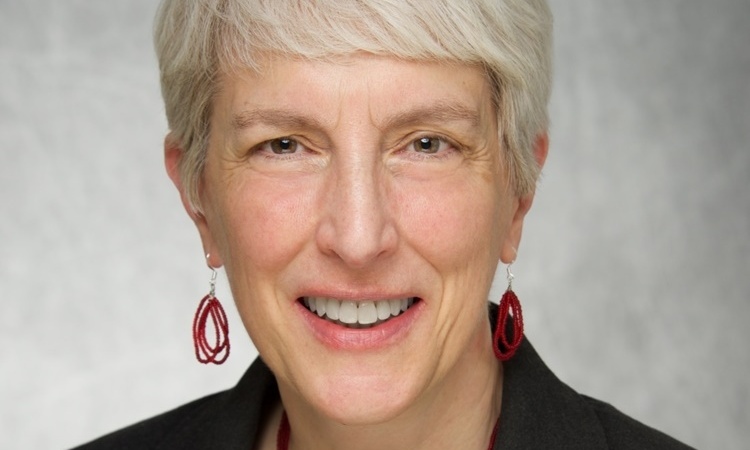Thoracic surgery
Stringent medical risk management
The precise number of adverse clinical events is difficult to ascertain. Several international studies estimate that medical errors happen in 3-5% of all hospital treatments and that around 30-50% of these could have been avoided. A hospital-acquired infection (HAI) is also considered a medical error.
Report: Anja Behringer

For the past few years, the relevant commissions and mediation bodies in Germany reported stable figures: around 25% of 8,000 alleged medical errors investigated were indeed classified as such. However, the number of alleged medical errors has risen significantly every year during the last decade, with a current estimation of more than 40,000 per year. According to the most recent figures 1,380 patients suffered irreversible health damage, 150 died.
In view of this situation, in 2013 the health objectives working group (Gesundheitsziele) declared patient safety to be the new national health objective. Moreover, safe patient care was included in the Patient Rights Act in 2013. Since 2014 the Federal Joint Committee, (Gemeinsamer Bundesausschuss), the highest decision-making body in German healthcare self-governance, has mandated that hospitals implement more and significant measures regarding patient safety. Modern error management is mostly based on a system-oriented approach, i.e. the entire process landscape is taken into account when prevention and continuous improvement measures are designed. An anonymous error register has been demanded for a long time, to support an error culture that promotes insights rather than punishment.
However, risks must be clearly identified so as to influence the system towards damage prevention. The German Society for Thoracic Surgery (DGT) established a Working Group Patient Safety and Risk Management. While data analysis reported by more than 100 pneumology departments, from all over Germany, indicated that in thoracic surgery the number of medical errors is rather low, the data did show that adverse events can be classified with regard to their risk management requirements
• damage prevention (P)
• compliance (Patient Rights Act, statutory quality management requirements) (C)
• insurance-related requirements (I)
Most medical errors were not caused by surgeon’s poor skills but by shortcomings in documentation or communication, or by lack of standards, e.g. regarding wound management. DGT certifies so-called ‘Thoracic centres – Competence centres for Thoracic surgery’. Hospitals that wish to obtain this voluntary certification must meet defined quality standards. Based on findings by the Working Group Risk Management, the requirements P, C and I were integrated into the certification specs as of 1 January 2015, with a special focus on prevention. This very methodical professional prevention may well serve as a blueprint for the insurer-initiated evaluation of hospital-related risks.
At the surgeons’ congress DGT last year a model project for risk mitigation in lung surgery was presented. Meanwhile, the Working Group Patient Safety and Risk Management – in collaboration with an insurance broker – published initial findings. ‘The total number of alleged medical errors is 23, an extremely low risk range,’ said Dr Christian Kugler, President of DGT and Medical Director at the Department of Thoracic Surgery, Lungen Clinic, Grosshansdorf.
‘In the lung clinics wound infections were the major issue, accounting for 34%,’ he added. The second important issue was pain, mostly caused by nerve damage in the thorax. ‘These damages can occur when the rib cage is opened – a well-know surgery risk that’s routinely included in the pre-surgery patient information process,’ Kugler explained. The same holds true for vocal cord paralysis, which accounted for 9% of all reported alleged medical errors. Kugler: ‘Another possible adverse event in thoracic surgery is when tissue has to be removed in the vocal cord area.’
Devices that are left within the patient are a completely different problem. In four of the cases analysed swaps, gauze pads or small haemostats had remained in the body after wound closure. ‘This is an obvious medical error.’ Kugler concedes and recommends loud enumeration of all objects that are being inserted in the patient body, applying the four-eye principle. ‘Two people in the operating room (OR) call out the number of objects being used loudly and clearly.’ Moreover, he adds, it is advisable to keep material taken from the patient body after the intervention in a separate container for control purposes. ‘When there is profuse bleeding and a lot of material is needed, it’s very possible that the OR team lose track, or the surgeon overlooks a blood-soaked gauze pad.’ To avoid such incidents, many years ago the German Surgery Society demanded the introduction of the WHO checklists to increase patient safety in the OR. As far as wound infections are concerned, wound management and hygiene standards might go a long way. ‘Fixed rituals help, for example using the same wash and cover procedures in the OR can automatically turn into a standard,’ Kugler advised.
Experts estimate between 30-50% of all hospital medical errors could be avoided. The DGT responded to the error analysis: risk management has been integrated into the certificate ‘Thoracic Centre (DGT)’.
PROFILE:
President of the German Society for Thoracic Surgery (since 2009), Christian Kugler is also Medical Director of the Department of Thoracic Surgery at Lungen Clinic, Grosshansdorf, near Hamburg. With medical studies and dissertation at Ludwig Maximilian University Munich (LMU) behind him, Kugler became a junior physician at the Department of Cardiac Surgery, München-Grosshadern University Hospital, and later at Ulm University Hospital. He trained in thoracic surgery at the Heidelberg Thorax Clinic. Up to 2009 he was senior consultant at the Department of Thoracic Surgery, Hamburg Thorax Centre, Harburg General Hospital (currently Asklepsios)
19.06.2015











